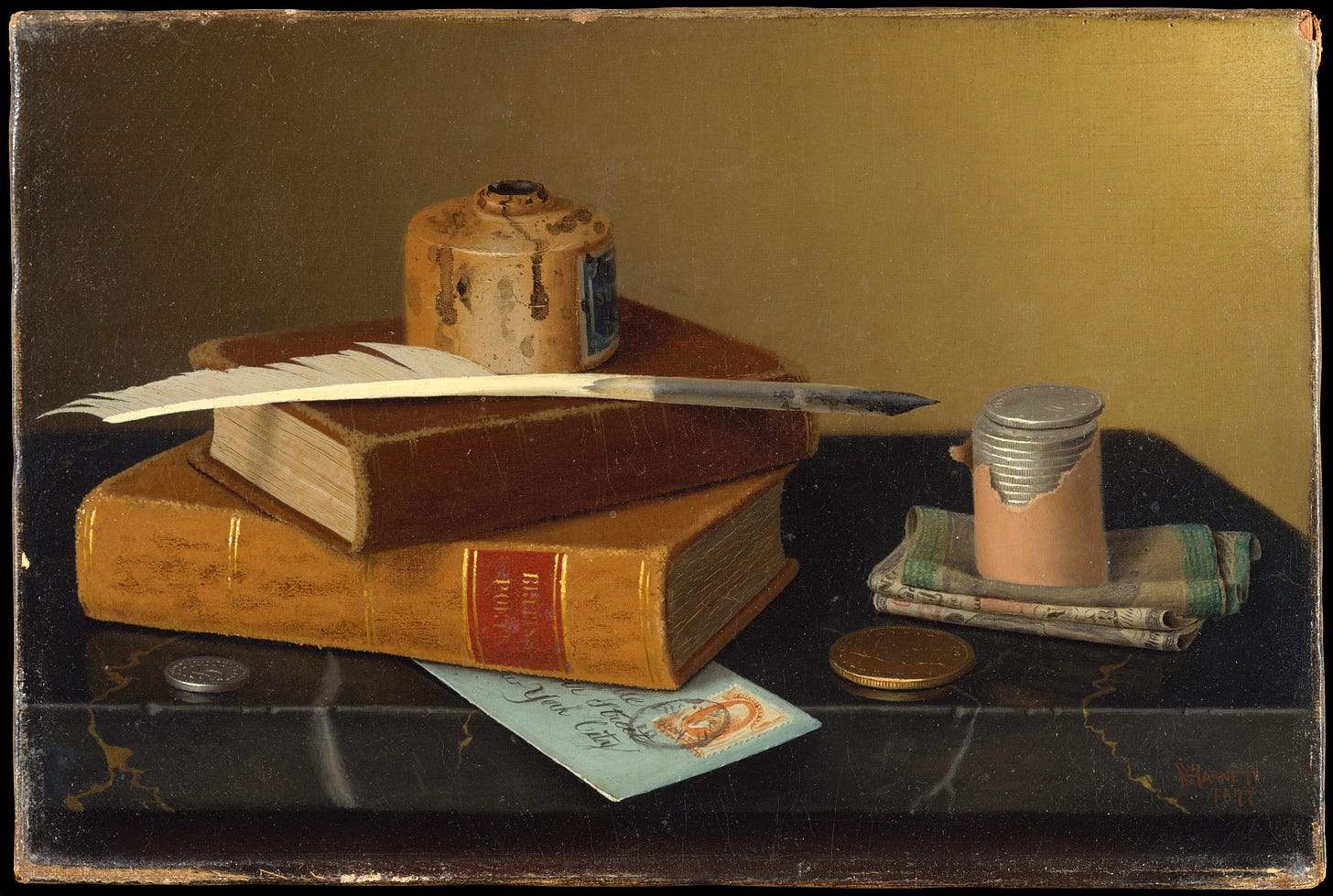Notebook: How Do Your Novels Grow?
Behind the scenes in an industry that struggles to reward and encourage great work
I was invited to talk this week with publishing observer Jane Friedman, whose newsletter for writers I find to be so smart and informative that I quote it here all the time. The subject was “How Does Literary Talent Get Discovered Today?,” a question that fascinates me. There are so many new avenues for great writing to get to people, and yet in other ways visibility for writing seems to be contracting every day. The nub of the problem is that a proliferation of access, whether through all kinds of digital means (from TikTok to the Kindle to electronic submission portals to newsletter platforms like this one) creates a crisis of discovery: how to find what speaks to you—or what to preserve for future generations—in the great cacophony of what’s out there. When someone announces a new “platform” or delivery mechanism promising democratically to bypass gatekeepers and give writers a direct path to publication, like the “Black List” for fiction I wrote about a few months ago, it must in the end replace one circuit of gatekeeping with another (in the case of the Black List, staff editorial assistants with gig reviewers). At the post-production end, the discovery problem is represented by Amazon, which with a few big-box stores accounts for more than 80 percent of all book sales. Without a human intermediary to offer judgment or recommendation, books are sold on the crudest of identifiers—is it by or about a person I have heard of? does it visibly address a subject I already care about? Agents facing all the world’s manuscripts, now expedited by one-click electronic submission from a legion of writing-program graduates and other technology-assisted aspirants—are inevitably drawn into similarly formulaic descriptors—why notice this? how can I pitch it?—just as the publishers to whom they appeal have at their backs Amazon’s cookie-cutter incentives. Successful books are often keyed to a catchy premise that can be communicated quickly. The only alternative to biologically time-limited human appreciation is robotic differentiation: popularity-contest algorithms, or whatever other sorting mechanisms AI comes up with.
Keep reading with a 7-day free trial
Subscribe to Book Post to keep reading this post and get 7 days of free access to the full post archives.

